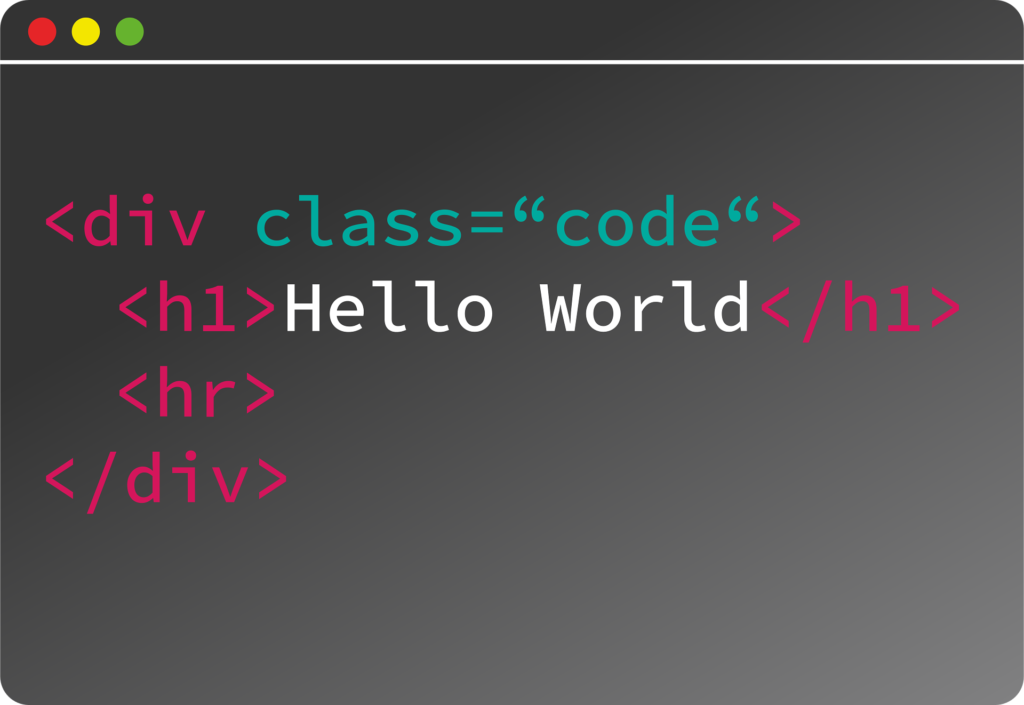
When I first got into SEO, one of the earliest lessons I learned was the critical importance of a website’s architecture. A well-thought-out structure is the backbone of a successful site, making it easier not only for users to navigate but also for search engines to index. Today, I’m sharing with you personal advice to optimize your SEO architecture.
Table of Contents
ToggleWhy is SEO Architecture Crucial?
An intuitive site architecture makes all the difference. It transforms a simple visit into a smooth experience, encouraging the user to explore further, thus reducing bounce rates and increasing the chances of conversion. Moreover, it guides search engines through your content, improving your online visibility.
Personal anecdote: I worked on a project where, after reorganizing the site’s architecture, we observed a 30% increase in organic traffic within a few months. This made me realize the direct impact of optimized SEO structure on a site’s performance. It’s just one element of SEO, but it’s very important!
How to structure your site for SEO
Pre-Planning
Before diving into building your site, take a moment to plan. Use a tree structure to logically organize your content. This not only facilitates navigation but also indexing by search engines.
Descriptive URLs
Opt for short and descriptive URLs, incorporating relevant keywords. This improves user experience and SEO. For example, prefer /complete-seo-guide to /page?id=123.
As we can see on Google, they display the URL in the search engine, and we see that for their pages the URL is with the main keyword of the text:

Header Tags and Content Organization
Use tags wisely (more information about tags in the link) H1, H2, and H3 to structure your content. This helps both readers and search engines understand the hierarchy and importance of your information.
Example for our Homepage (I use a Chrome extension: Meta SEO inspector)

Structure Depth
Ensure that all pages are accessible in three clicks or less from the homepage. This significantly improves user experience and indexing efficiency.
Internal Linking
Create a network of internal links to encourage the discovery of related content, thus improving the time spent on the site and the search engines’ understanding of your site.
For those on WordPress, there are plugins that help, personally, I use: Linksy. If you know better ones, feel free to mention them in the comments 🙂 !
Technical Elements for a Solid SEO Architecture
Sitemap and Robots.txt Files
Make sure you have an up-to-date XML sitemap and an optimized robots.txt file to guide search engines through your site. For WordPress, plugins like YoastSEO or Rankmath (the one I use) generate it automatically.
Here’s an example for our sitemap:
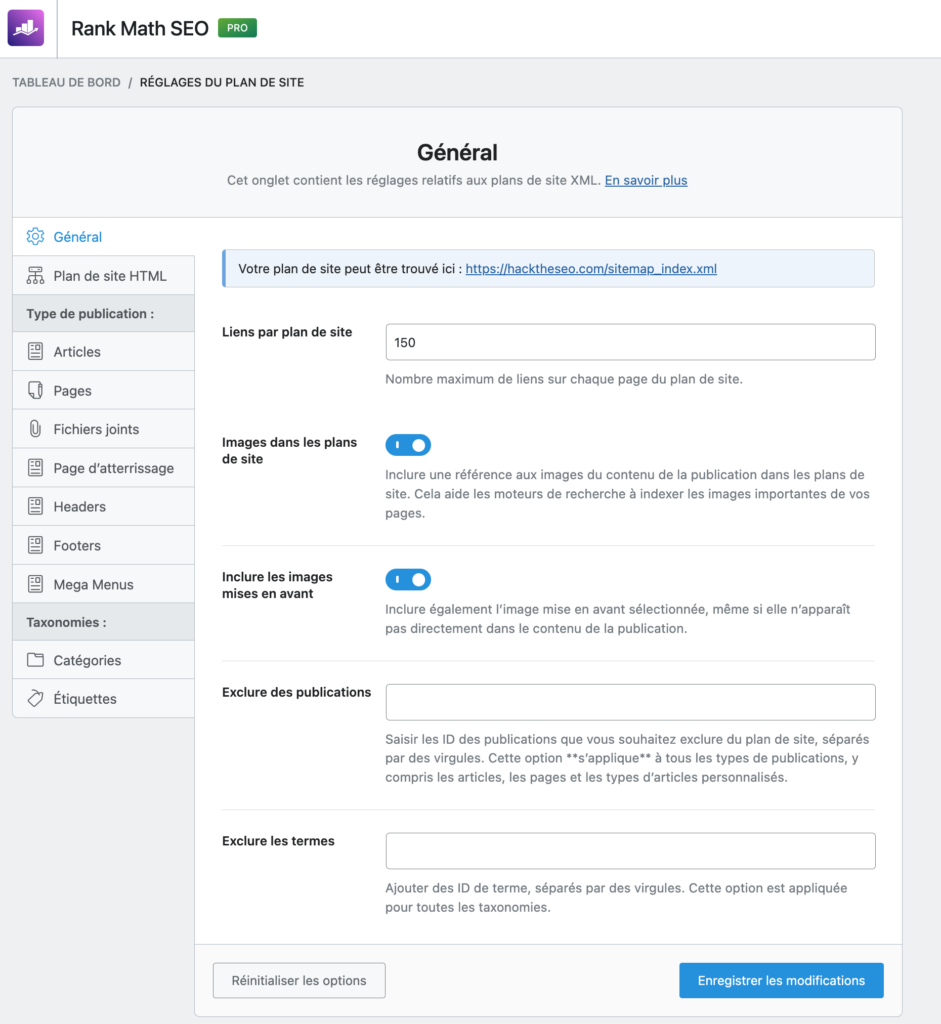
A little friend’s advice, once it’s generated, don’t forget to index it in Google Search Console. It will inform Google that your site exists 🙂 !
Structured Data
Use structured data to help search engines understand the context of your content, thus improving your visibility in enriched search results.
Security and Mobile-First
With Google’s mobile-first indexing, ensure that your site is responsive and secure (HTTPS), offering an optimal experience on all devices.
Structuring your site’s architecture with SEO in mind is an investment that pays off in the long term. By following these tips, you’re not only making navigation easier for your users but also improving your online visibility. If you need help optimizing your site’s architecture, don’t hesitate to contact me. Together, we can build a solid foundation for your online success.
If you want to know more about SEO here is our complete SEO guide
Faq
How long does it take to see results after optimizing my site architecture?
Results may vary, but generally you can start to see improvements within 3 to 6 months of making the changes.
Is it necessary to completely restructure my site to improve my SEO?
Not necessarily. Targeted adjustments and internal networking improvements can have a significant impact without requiring a complete overhaul.
How important is structured data in SEO architecture?
Structured data plays a crucial role in helping search engines understand your site’s content and display it more attractively in search results. They can improve the visibility of your site thanks to rich snippets, thus increasing the click-through rate.
How do I know if my site architecture is optimized for SEO?
Use tools like Google Search Console to analyze your site’s performance. Check the indexability of your pages, crawl errors, and the effectiveness of your internal networking. A comprehensive SEO audit can also reveal aspects of your architecture that need improvement.
Although short URLs are preferred for better readability and memorability, URL length is not a critical ranking factor in itself. The important thing is that your URLs are descriptive and contain keywords relevant to the content of the page.
Should I use subdomains or subdirectories to organize my content?
Subdirectories are generally preferred because they maintain the strength of the main domain and distribute domain authority more effectively. Subdomains are treated as separate entities by search engines, which can dilute your domain authority.
How does internal networking influence SEO architecture?
Effective internal linking helps distribute page authority across your site, improving the ranking of individual pages. It also helps users and search engines discover relevant content more easily, improving the user experience and indexability of your pages.
Can too many pages harm my SEO?
Having a large number of pages is not necessarily bad, but each page should add value. Low-quality or duplicate pages can dilute your domain authority and disperse your link juice, negatively affecting your SEO.

Eric Ibanez
Co-fondateur de Hack The SEO
Eric Ibanez a créé Hack The SEO et accompagne des stratégies SEO orientées croissance. Il est aussi co-auteur du livre SEO pour booster sa croissance, publié chez Dunod.
Suggested Articles


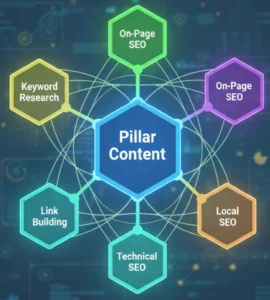
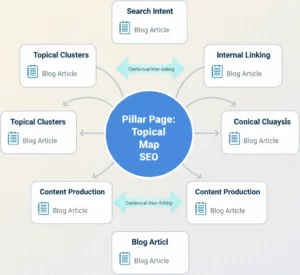
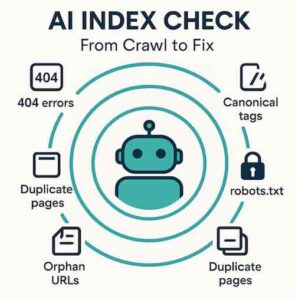
2 thoughts on “Structuring your site architecture for SEO”